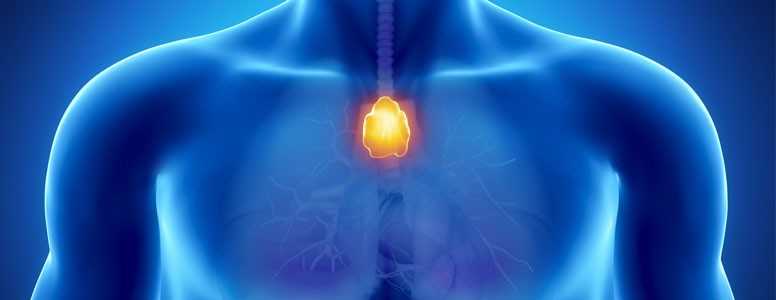Gut cells in the thymus that resemble taste buds could help to retrain the immune system not to attack the body’s own tissues and cells.
Scientists from the University of California, San Francisco believe the findings could help with understanding autoimmune conditions such as type 1 diabetes, which is characterised by the body’s immune system mistakenly attacking its insulin-producing cells.
The thymus is an important part of the immune system. Thymus cells are programmed to train newborn T cells to defend against infection, but if immature T cells respond aggressively then they are either eliminated or retrained as Treg cells, which help suppress inflammation. When a person’s thymus control is poor, this increases the risk of autoimmune diseases.
Understanding the mechanisms within the thymus has long been a research target, and these new thymus cells, known as Hassall’s corpuscles or tuft cells, present an exciting research opportunity.
The identified cells are fully formed gut and skin cells. They sit in front of the heart and train the immune system using the same method our taste buds use to detect sweet and bitter flavours. This method depends on a molecule called TRPM5.
The researchers discovered, in examinations on mice, that the tuft cells also depend on TRPM5, suggesting they too respond to cues through a taste-like pathway.
“Controlling the thymus could be key to reprogramming the immune system in a variety of disorders,” said senior author Mark Anderson, MD, PhD.
“Since the skin and the gut are two of the places where your tissues are directly exposed to the outside world, we hypothesize that Hassall’s corpuscles and the surrounding tuft cells may be a second level of training that essentially simulates these critical environments for maturing T cells to test how they respond,” Anderson said.
Anderson and colleagues believe that the thymus could be stimulated to supply new T cells which suppress undesirable immune activity, including in people at risk of type 1 diabetes.
This is the researchers’ next step, although they first they need to understand how to alter tuft cell signalling in order to have the desired effects.
The study has been published in the journal Nature.
What's new on the forum? ⭐️
Get our free newsletters
Stay up to date with the latest news, research and breakthroughs.





